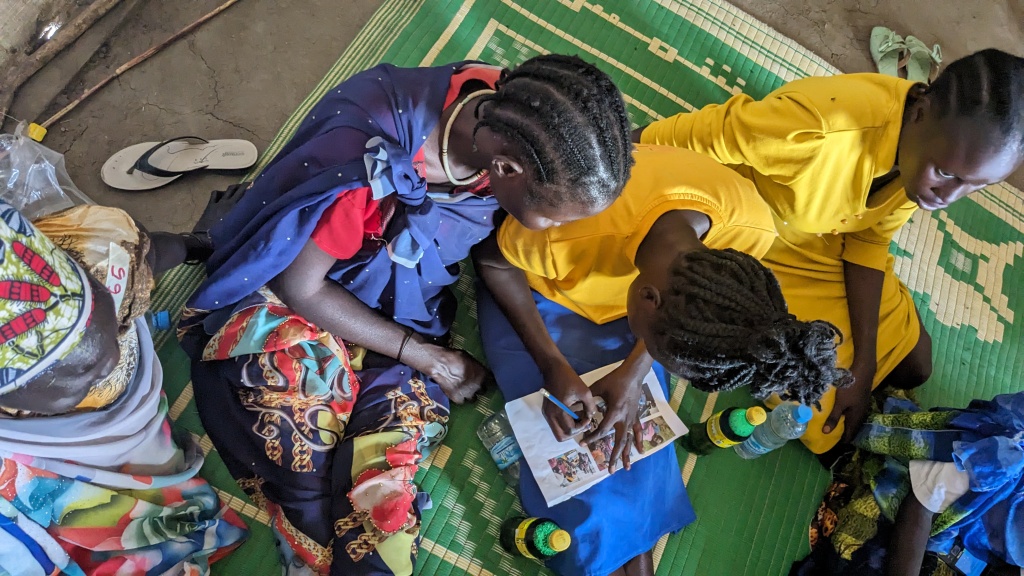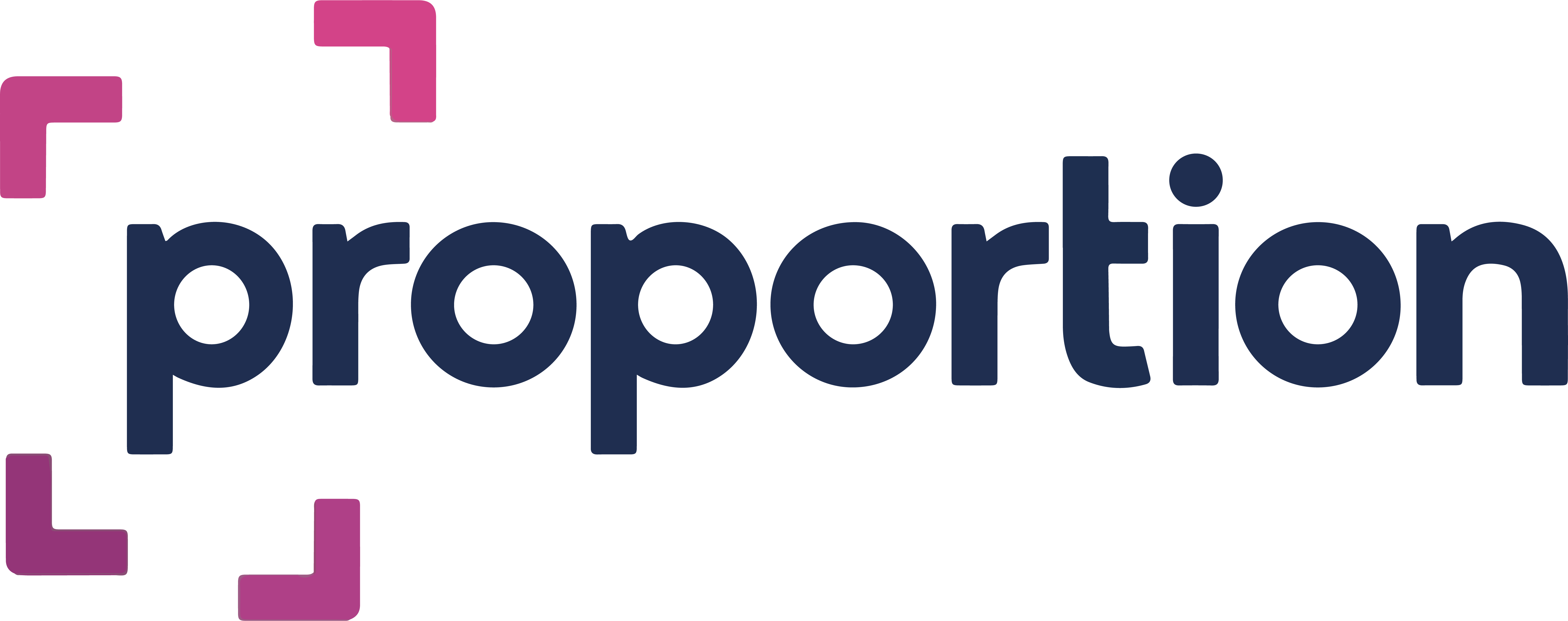
Listen to her story: Integrated GBV/SRH Service in South Sudan
Situation
According to the World Bank, South Sudan has a population of about 10 million people, with women making up 50% of this population. Women and girls in the region face alarming rates of violence. A UNICEF report (December 2019) revealed that 65% of the women and girls have experienced physical and/or sexual violence in their lifetime, with 51% suffering from intimate partner violence. Additionally, 33% of women have experienced sexual violence from non-partners, mainly during attacks or raids. Shockingly, the majority of girls and women experience sexual violence for the first time before reaching the age of 18. Furthermore, UNFPA reports that the sexual reproductive health situation in the country is concerning, with teenage pregnancy estimated at 30% among girls aged 15-19 years. Additionally, approximately 56.9% of new HIV infections occur among individuals aged 10-34 years. The war crisis, ongoing conflicts & natural disasters continue to exacerbate the situation in South Sudan.
Assignment
Women afflicted by gender-based violence (GBV) are often in need of sexual and reproductive health (SRH) services in addition to GBV services. However, these services are often delivered through different providers, creating a barrier to access for women and girls. IRC recognizes that integrated GBV/SRH services have the potential to address the challenge of services being delivered by different providers, leading to a more cohesive and streamlined approach to meeting the comprehensive needs of women and girls in South Sudan. The IRC team contracted Proportion Global for 4 months to apply user-centred design and storytelling to inform the characteristics of integrated GBV/SRH service that would be inclusive, effective and tailored to the needs of women and girls in South Sudan. Proportion Global would engage
a) Women and girls across different demographics to draw out client preferences
b) service providers to understand their ability to offer/provide integrated services.
This would result in defined/documented characteristics that would guide the design an integrated GBV/SRH service such as the type of service provider, gender of service provider, location of service point, GBV and SRH services to be delivered under one roof, service provision timings etc
Approach
This project unfolded in distinct phases aimed at deeply understanding client experiences, collaboratively shaping service characteristics, and ensuring alignment with client preferences.
Phase 1: Discover
A) We employed a storytelling approach to facilitate the dialogue around these sensitive topics (GBV and SRH). We developed fictional narratives depicting various forms of GBV (rape, forced marriage, intimate partner violence – IPV) and different SRH needs ( family planning, STI/STD Testing, antenatal care, pregnancy testing ). These were tailored to resonate with the experiences of women in South Sudan and as such, would build the basis for the current experiences of women and girls in the region.
B) We used different tools such as card sorting, character cards, emotion cards in the subsequent focused group discussions to identify client seeking behaviour for the GBV and SRH services and validate barriers to access of GBV and SRH Services.
C) We used role playing to simulate the interaction of clients with service providers. During these role play activities, clients were also able to sketch their ideal integrated GBV/SRH Service points which prompted further discussion around the ideal characteristics they desired.
D) We created storyboards and prototypes to examine the hypothesized user experience for a client at different service points such as the user experience of a client seeking GBV and SRH Services at a Health facility, mobile clinic and women’s safe space. Storyboards were used to visualize client touch points and discuss characteristics of these touch points.
Phase 2: Define We synthesized the insights gathered from the discovery phase and created user journey maps to reflect the user experience at their most desirable touch points and their desired characteristics.
Phase 3: Ideate We created schematic visuals to depict the client utilisation of an integrated GBV/SRH Service point. These visuals were co-created with the project team through collaborative meetings and they were used to collectively identify potential challenges, opportunities in the proposed integrated GBV/SRH service.
Results
A) Deep understanding of client experiences, needs, and preferences related to GBV and SRH services in South Sudan.
B) Deep understanding of service provider recommendations in the delivery of integrated GBV/SRH services.
C)Validation of barriers to accessing GBV and SRH services and identification of client-seeking behaviours.
D)Clear articulation of client desirable characteristics for integrated GBV/SRH services.
E)Visualization of user experiences through storyboards and prototypes to inform service design.
F)Collaborative development of schematic visuals to identify challenges and opportunities in service implementation
This project was commissioned by the Airbel Impact Lab-Research & Innovation Lab at the IRC and delivered by a consultant of Proportion Global. If you’ve enjoyed reading this case and want to dive deeper, we’d love to hear from you. Contact us to discuss ideas, ask questions, or explore collaboration. Contact Us


Responses